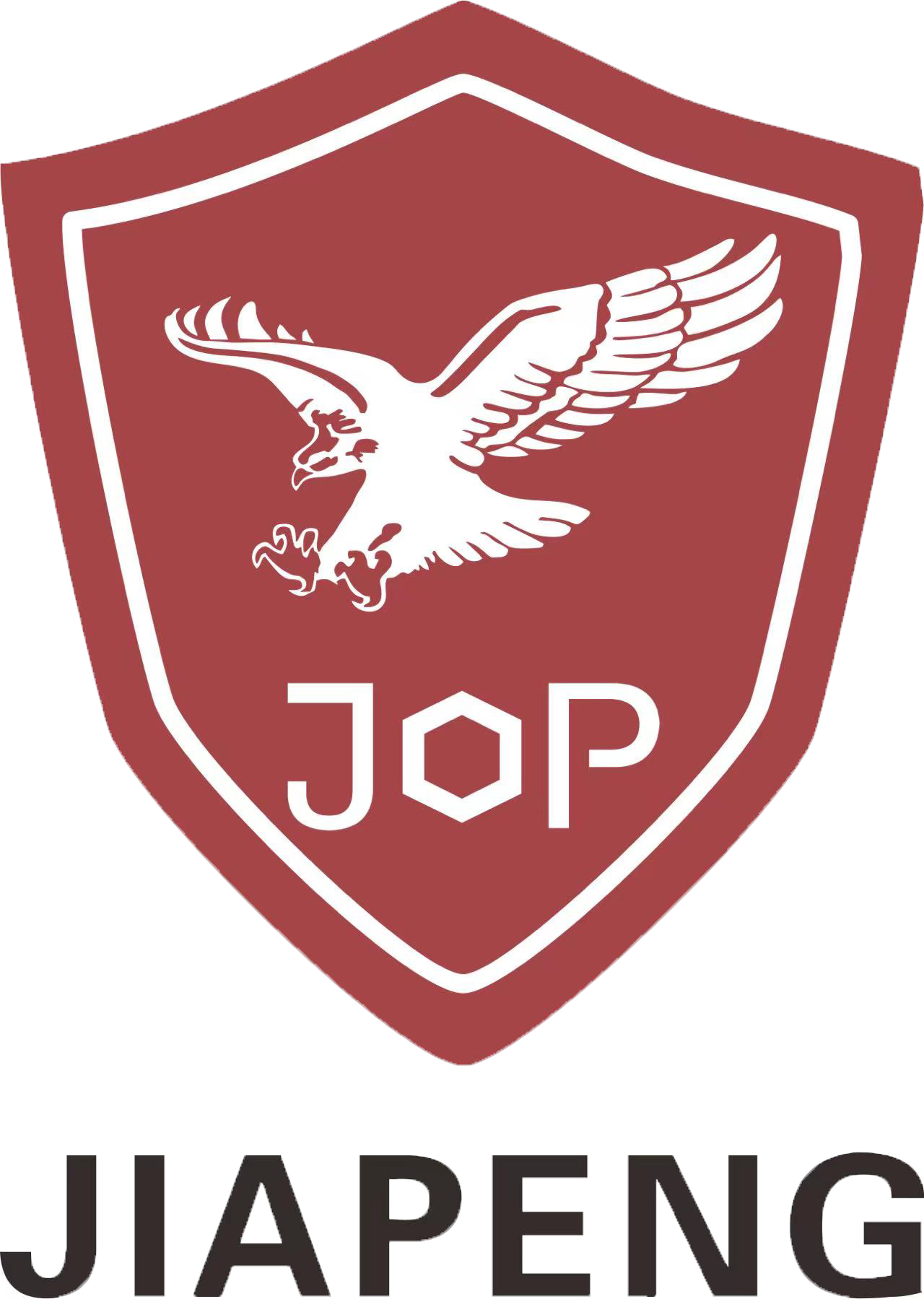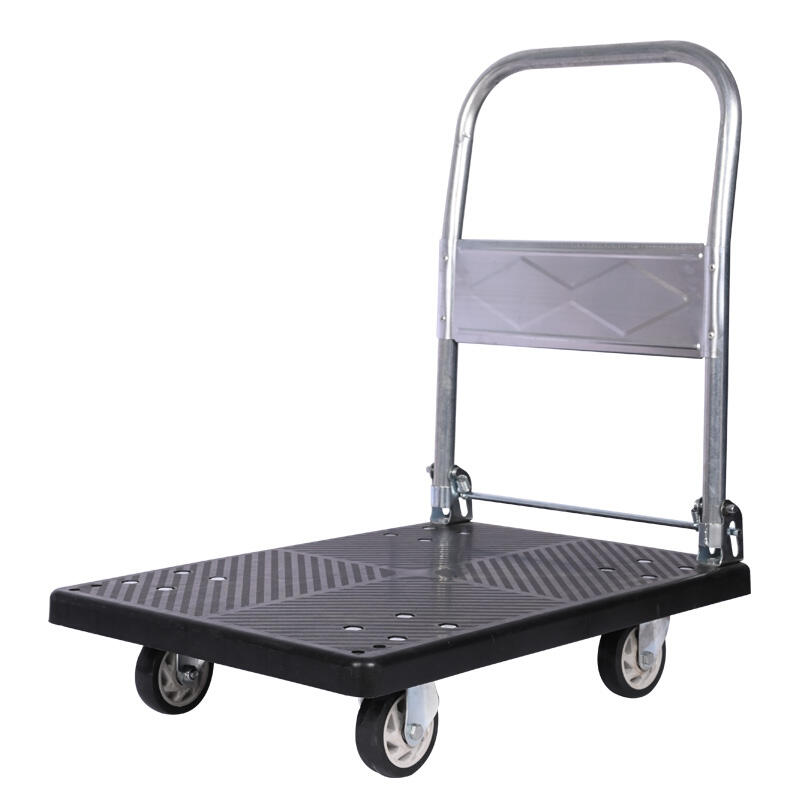現代の輸送ソリューションによる物資取扱いの革新
今日の急激なスピードで進む工業および商業環境において、効率的な物資取扱いはかつてないほど重要になっています。 折りたたみ式プラットフォーム台車 これらの多目的デバイスは、堅牢な機能性と省スペース設計を組み合わせており、一般的な物流課題に対する革新的な解決策を提供する、ゲームチェンジングなツールとして登場しました。
物資取り扱い機器の進化により、職場の効率性と安全性が大幅に向上しました。こうした進歩の中でも、折りたたみ式プラットフォーム台車は、さまざまな環境に適応しつつ高い性能を維持できる点で特に注目されています。これらの台車は業務生産性に大きな影響を与え、複数の業界で不可欠な資産となっています。
折りたたみ式プラットフォーム台車の主な利点
スペースの最適化と収納効率
折りたたみ式プラットフォーム台車の最も重要な利点の一つは、利用可能なスペースを最大限に活用できる点です。使用していないときは、これらの台車を素早く折りたたんで壁際にまたは限られた収納スペースに保管でき、占有面積を最大70%まで削減できます。この機能は、倉庫、小売店、その他のスペースが貴重な施設において特に価値があります。
折りたたみ式の設計により、企業は貴重な床面積を犠牲にすることなく、複数の折りたたみ式プラットフォームトロリーを保有できます。この効率性により、組織は追加の保管スペースを必要とせずに資材搬送能力を拡大でき、大幅なコスト削減と空間利用率の向上を実現します。
移動性と操作性の向上
現代の折りたたみ式プラットフォームトロリーは、さまざまな床面でもスムーズに移動できるよう、高度なホイールシステムと人間工学に基づいたハンドルで設計されています。配慮されたデザインにより、作業者は狭いカーブや通路も容易に通過でき、複雑な職場レイアウトに最適です。
これらのトロリーは軽量でありながら耐久性が高いため、満載時でも簡単に操作でき、作業者の疲労を軽減し、職場全体の安全性を向上させます。この高い機動性により、資材の輸送が迅速になり、生産性が向上します。
産業用途および汎用性
製造および倉庫作業
製造環境では、折りたたみ式のプラットフォーム台車は、原材料、加工途中の部品、完成品を異なる工程間で移動させるために不可欠なツールとして機能します。その柔軟な設計により、さまざまなサイズや形状の荷物に対応でき、変化の激しい製造現場において非常に価値が高いです。
倉庫作業においても、これらの台車の多用途性により大きなメリットがあります。注文ピッキング、在庫管理、物品の輸送に迅速に活用できます。折りたたんで複数台を収納できるため、倉庫は十分な物料搬送能力を維持しつつ、保管スペースを最適化することが可能です。
小売および商業用途
小売店舗では、折りたたみ式のプラットフォーム台車を効率的な在庫管理や陳列の設営に頼っています。特に買い物のピークシーズンにはフロアスペースを顧客動線のために最大限に確保する必要があるため、コンパクトに収納できるこの特性が非常に役立ちます。
商業用オフィスや施設では、これらのトロリーを事務用品や機器の移動から改修・メンテナンス作業の支援まで、さまざまな目的で使用しています。使用していないときは簡単に収納できるため、保管スペースが限られている企業にとって実用的なツールです。
設計上の特徴と安全に関する配慮
構造的完全性と荷重容量
最近の折りたたみ式プラットフォームトロリーは、高品質な素材を使用して製造されており、軽量性を維持しつつも耐久性を確保しています。これらのトロリーの設計思想は、折りたたみ機構の信頼性を損なうことなく、最大の荷重能力を提供することに重点を置いています。
ロック機構や補強されたプラットフォームといった安全機能により、さまざまな荷重条件下でも安定した操作が保証されます。配慮の行き届いた設計には、荷重の分散や構造的サポート要素が含まれており、頻繁に使用しても変形しにくいようになっています。
エルゴノミクスデザイン要素
折りたたみ式プラットフォーム台車のエルゴノミクス設計は、使用者の快適性と安全性に大きく貢献しています。ハンドルの高さは押したり引いたりする際の負担を軽減するために正確に計算されており、ホイールの配置は取り回しの良さと安定性を最適化します。
滑り止め加工されたプラットフォーム表面やサイドレールにより、輸送中の物品の安全性がさらに向上し、移動中の事故リスクを低減します。これらの設計要素が組み合わさって、高い安全性を維持しながらも使いやすい操作性を実現しています。
メンテナンスと長寿命
定期的なメンテナンス
最適な性能と耐久性を確保するため、折りたたみ式プラットフォーム台車には定期的な点検が必要です。これには、車輪のアセンブリの確認、折りたたみ機構のテスト、および摩耗の兆候がないか構造部品の点検が含まれます。
可動部の適切な清掃と潤滑は錆の発生を防ぎ、円滑な作動を保証します。製造業者が推奨するメンテナンススケジュールに従うことで、これらの貴重な工具の使用寿命を大幅に延ばすことができます。
保管および取扱いに関するガイドライン
折りたたみ式プラットフォームトロリーの維持管理において、適切な保管方法は非常に重要です。使用していないときは乾燥した場所に保管し、過酷な環境条件にさらさないことで、素材の劣化を防ぐことができます。
ロック機構やヒンジの定期的な点検により、信頼性の高い作動が保たれ、使用中の予期せぬ問題を防止できます。スタッフへの正しい取り扱いおよび保管手順のトレーニングは、トロリーの長寿命に貢献します。
よく 聞かれる 質問
折りたたみ式プラットフォームトロリーの一般的な荷重容量はどのくらいですか?
折りたたみ式プラットフォームトロリーの荷重容量は、通常150kgから500kgの範囲ですが、モデルや設計によって異なります。産業用グレードの製品はさらに高い容量を持つ場合があり、一方で軽負荷用のモデルはより小さな荷物向けに設計されています。
折りたたみ式プラットフォームトロリーを使用することで、どの程度の収納スペースを節約できますか?
折りたたむと、これらのトロリーは展開時と比べて一般的に占有面積を60〜70%削減します。この大幅な省スペース化により、通常1台の従来型トロリーが必要とするスペースに複数台のトロリーを収納することが可能になります。
長期間使用するための主要なメンテナンス要件は何ですか?
定期的なメンテナンスには、車輪の点検と潤滑、すべての締め具の確認および締め直し、台座表面の清掃、折りたたみ機構のテストを含めるべきです。使用頻度に応じて、少なくとも月に1回はこれらの点検を行うことを推奨します。

